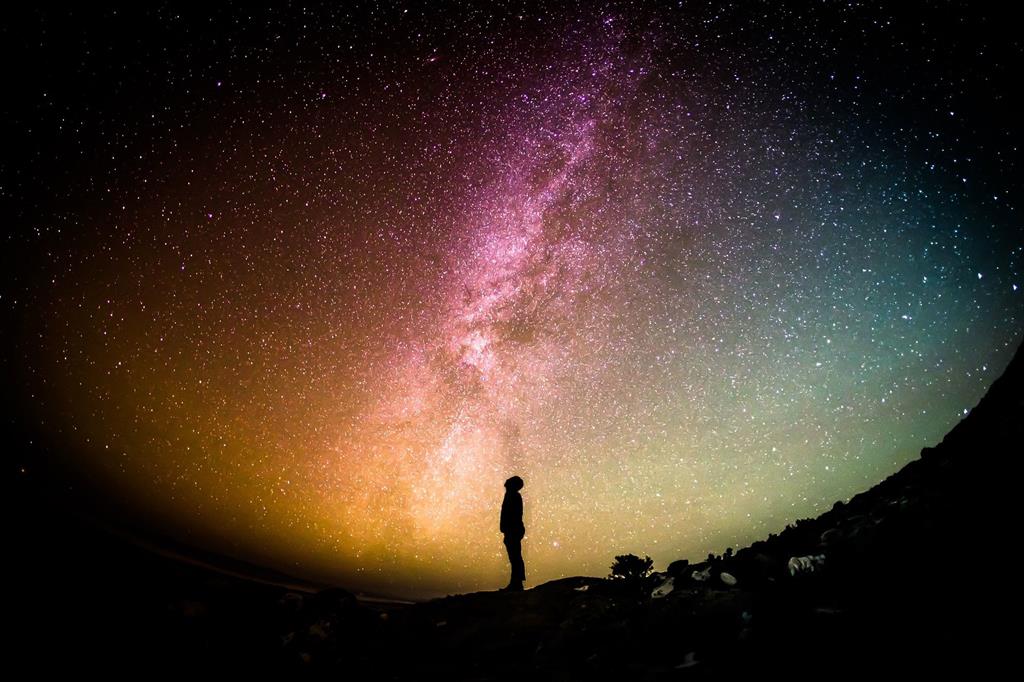Exploring the wonders of the Universe
Join us as we once again tour our universe. Here we list a few highlights you can witness in the coming few weeks.
November 17: Leonids Meteor Shower. This is an average shower producing between 5 and 10 meteors per hour when it peaks between 3:00 and 4:00. Sadly viewing is unfavorable due to the bright moon obscuring fainter meteors.
November 19: Full Moon (10:58) and Partial Lunar Eclipse. The face of the moon will be fully illuminated, which is not a good time to view astronomical highlights. Sadly the accompanying partial lunar eclipse is not be visible from most of the African continent. The eclipse is only visible throughout most of North and Central America and parts of western South America as well eastern Russia and Australia.
December 4: New Moon (9:43) and Total Solar Eclipse (9:33). The moon will not be visible in the night sky and it’s the best time of the month to view faint objects. Sadly - yet again - the path of totality of the total solar eclipse is limited to Antarctica and the southern Atlantic Ocean. But some Namibians might get (slightly) lucky. At Walvis Bay a partial eclipse is visible (1 % of coverage of the sun), while in South Africa about 10 % is covered. Windhoek residents will not see the eclipse at all.
December 13/14: Geminids Meteor Shower. This is the king of all meteor showers. The shower runs annually from December 4 till 16 and peaks between 23:30 (13.12.) and 3:00 (14.12.). About 50 meteors can be seen per hour, although this number can easily reach 120 meteors per hour. Meteors will mostly radiate from the constellation Gemini.
Planet visibility: The naked-eye planets Venues, Jupiter and Saturn are visible at dusk, while Mars will be visible at dawn.
Focus point: The H.E.S.S. observatory, a system of Imaging Atmospheric Cherenkov Telescopes that investigates cosmic gamma rays located in Namibia, has an exciting announcement: H.E.S.S. has detected a very-high-energy (VHE) emission from the Quasar PKS 0346-27. “With a redshift (of) z=0.991 it makes it most distant AGN (active galactic nucleus) so-far detected”, H.E.S.S. announced.
A lot of information contained herein stems from the Sky Guide Africa South, a handbook which is annually published by the Astronomical Society of Southern Africa.





Kommentar
Allgemeine Zeitung
Zu diesem Artikel wurden keine Kommentare hinterlassen